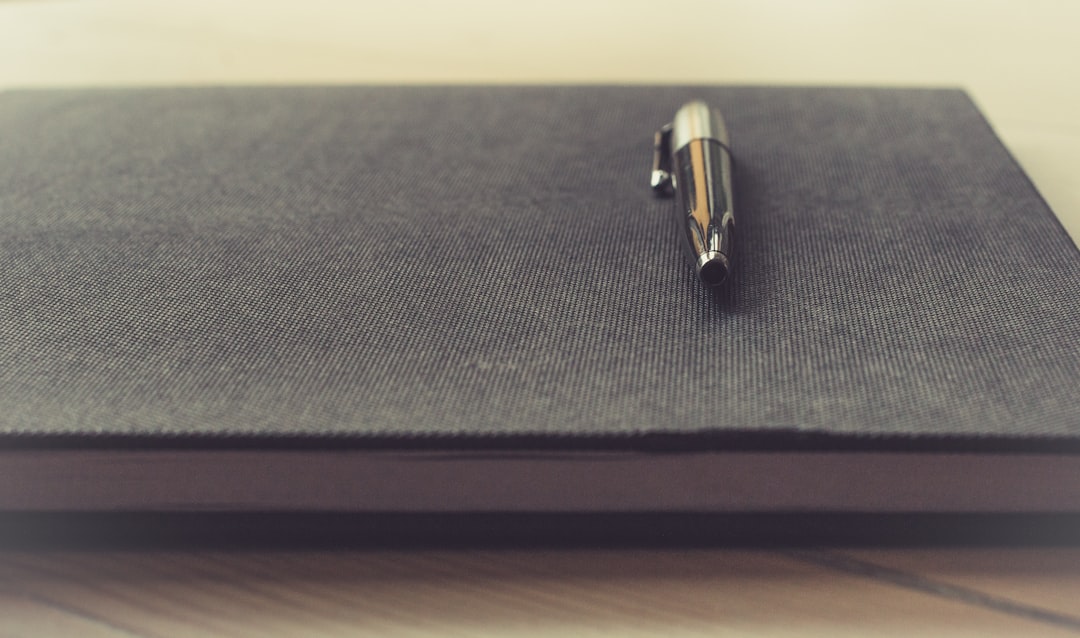
A vehicle’s exterior acts as both armor and showcase for your car, but it inevitably suffers wear over time. Time and exposure mean that scratches, swirls, fading, and dents will begin to mar even the most cared-for car. While professional detailing can restore that shine, it often comes with a steep cost. But with the right info, tools, and patience, you can restore much of the shine at home. We’ll show you how to assess, repair, and polish your car’s exterior without overspending, here are helpful tips .
First, assessing the damage is critical because you need to see exactly what you’re dealing with. Take photos or notes of scratches, faded paint, swell marks, cloudy lights, and dents. Distinguish between superficial flaws and those that require more extensive repair. Understanding damage severity guides your choices between DIY or calling a body shop. Next, wash and decontaminate the surface thoroughly before attempting any fixes. Wash gently with car shampoo using a soft mitt, then rinse thoroughly. After washing and drying, check whether the paint feels rough-if so, contaminants remain. Using a clay bar with a lubricant removes embedded particles without damaging paint. Failing to clay can embed debris under polish and cause swirl marks.
Shallow scratches and deep gouges require different techniques and products. If the scratch is superficial (you can’t feel it with your fingernail), use scratch remover or polish. Apply with a polisher or pad, keeping pressure even and overlapping your passes. When the scratch breaches base layer or metal, you’ll need touch-up paint and sometimes primer. Match the paint to your vehicle’s color code and allow proper curing time. Finish by polishing and waxing the spot so it blends with the rest of the car.
If your car’s paint is oxidized or faded, restore clarity by removing the top damaged layer. Start by washing, clay barring, and then using a rubbing compound to strip the oxidized layer. After compounding, refine with polish to restore depth and shine. Apply wax or sealant to protect your work and extend longevity. Ceramic coatings deliver durability but require precision and clean surfaces. Swirl marks from washing and water spots from drying are common nuisances. Swirl marks often disappear under dedicated polish when done properly. Light water spots may be removable with a vinegar-and-water mixture. If spots are etched into clear coat, use a dedicated remover safe for automotive finishes. A two-bucket method with a grit guard prevents reintroducing particles. Restoring clarity in headlight lenses improves both appearance and safety. Most restoration kits include sanding pads, polish, and sealant. Mask the paint edges before sanding to avoid accidental damage.